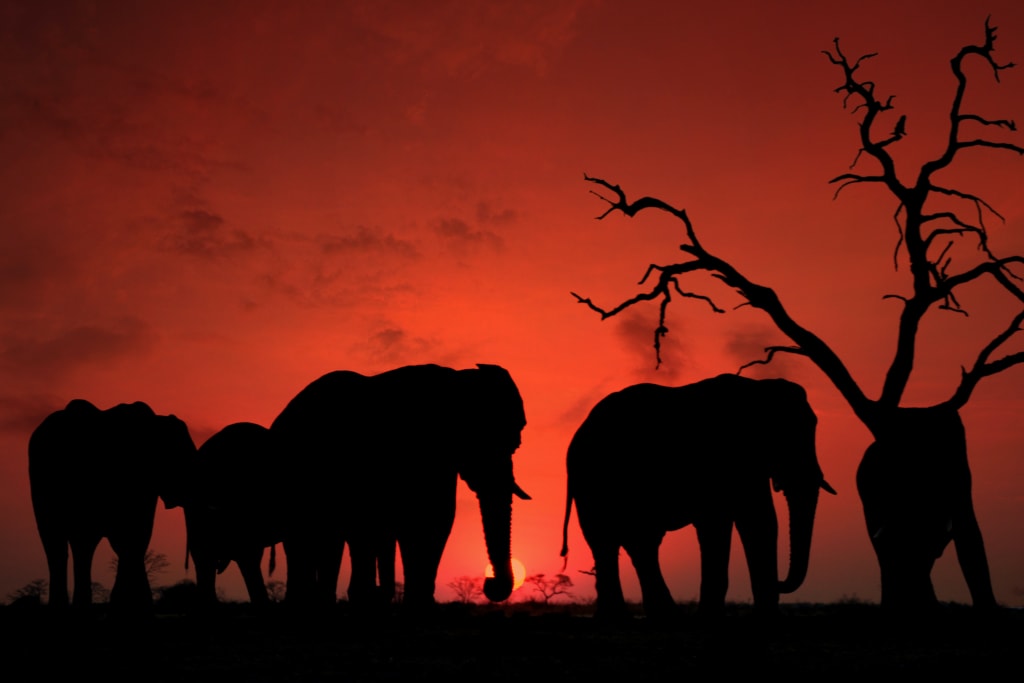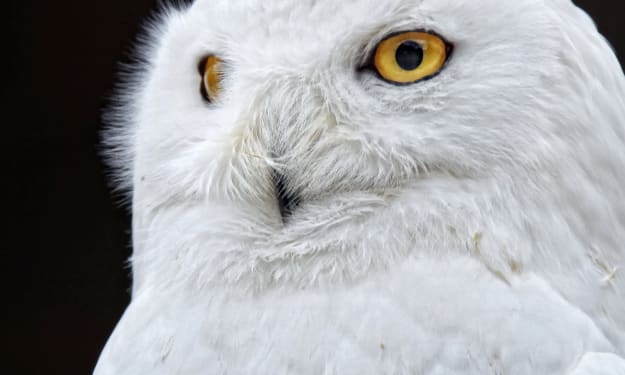
Africa's Namib desert extends for nearly 2,000 kilometers along the coast toward the north. The desert is befuddled by a few dry stream valleys. It goes through the desert for a few hundred kilometers and closes in the ocean water streams generally two times a year. Just well-established plants like anna trees can make their due here just here inside the valley vertebrates can exist in the long haul as the home of the desert elephants.
Rather than their other African family members desert elephants live in especially little family gatherings. They are so interesting, and their lifestyle is exceptional. They have a great gathering memory apparently held generally by the grown-ups and information on broadly scattered wellsprings of water, which empower these elephants to move over extremely enormous regions, the biggest home reaches recorded for elephants anyplace.
Desert elephants just have a portion of the number of calves as different elephants. The male creatures stay with their mother's family until they reach sexual development. They get ready for existence without the security of the females, grown-up bull elephants are recluses or go in little gatherings.
Desert Elephants eat plants like ink hedge and the fascinating castor oil, which are unpalatable to different creatures. They additionally open up the thick shrubberies of tamarisk and acacias of the riverbeds, making ways and obscure resting places which are utilized by different creatures. Besides, the remaining parts of broken branches or felled trees lying on the ground frequently make shielded nurseries for grass plants which are then safeguarded from nibbling or stomping on by different animals.
A further wellspring of food there's a wide choice of shrubberies, grasses, and spices. The elephant's climbing abilities far outperform those of their savannah-staying family members and is also a type of variation to their exceptional territory. For the occupants of the Nambi endurance is hard, they're accustomed to going for significant stretches without water. Many get fluid from their food or then again, no mystery wellsprings of water.
Despite size, each green leaf contains at least fluid worth collecting outside the dry stream valleys there is barely any vegetation, here just outrageous experts get by the Namib desert bug is no greater than a fingernail as all creatures it relies upon water for endurance and has fostered a unique system indeed, even the littlest hints of sogginess in the air gathers in its carapace.
The Namib is one of only a handful of exceptional deserts in the world that extend to the ocean. The cold Benguela current from the Antarctic cools the ocean water to a temperature of 12 degrees Celsius at the point when the water arrives at land it dissipates in the warm desert air. Around 200 days per year the desert is wreathed in fog, which now and then broadens many kilometers inland into the dry waterway valleys.
The elephants can take on a parcel of fluid from the drops of dew on the plants they eat, this permits the elephants to do without water for as long as four days all at once. As the haze lifts the sun enlightens an extremely exceptional occasion. Elephants don't perspire and thus safeguard themselves against overheating by fanning their ears; however, it appears to be excessively hot in any event, for that the intensity is difficult to bear for all the creatures, however for the most youthful the sun can be deadly.
Desert elephants need to spend up to 20 hours daily eating 200 kilos of plant material. As tiring as that might be, they must choose between limited options. These elephants have fostered specific variations for desert life and will quite often have moderately more extensive feet, longer legs, and more modest bodies than other African shrub elephants. They might approach 70 kilometers around evening time to find water focuses, which is the reason for their greater feet. Grown-up bull elephants can eat around 250 kilograms of feed a day and drink around 160 liters, yet they can do without water for as long as three days all at once. They use water, mud, or residue for washing or covering their skin.
The creatures attempt to find each other by means of smell utilizing their trunks which are uncommonly delicate. A few creatures like the helmeted guinea fowl take most of their food.
From what the elephants store in the midst of shortage, even the valley mandrills search for something consumable in the elephant's tongues. In different pieces of Africa, more seasoned elephants search out swamps, where they can reside for some time longer on gentler leaves.
However, elephant crap realities uncover this is very valuable since it treats the dirt and scatters tree seeds. They plant trees, battle environmental change and back different species by treating the land and digging waterholes. also, make pathways, changing the very scene around them.






Comments
There are no comments for this story
Be the first to respond and start the conversation.